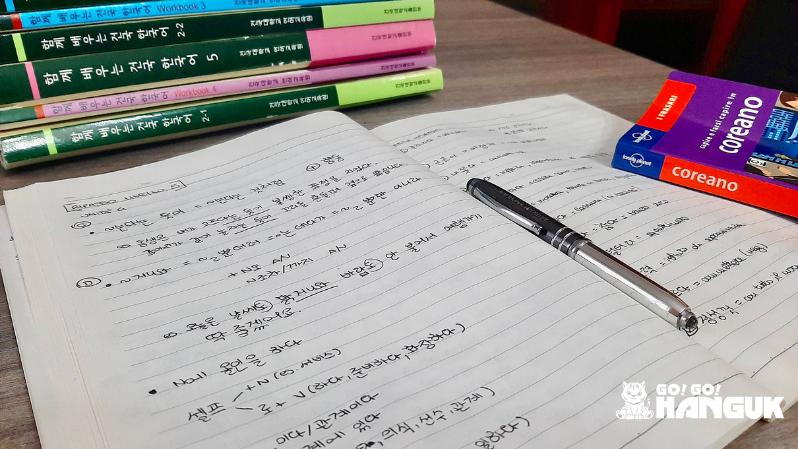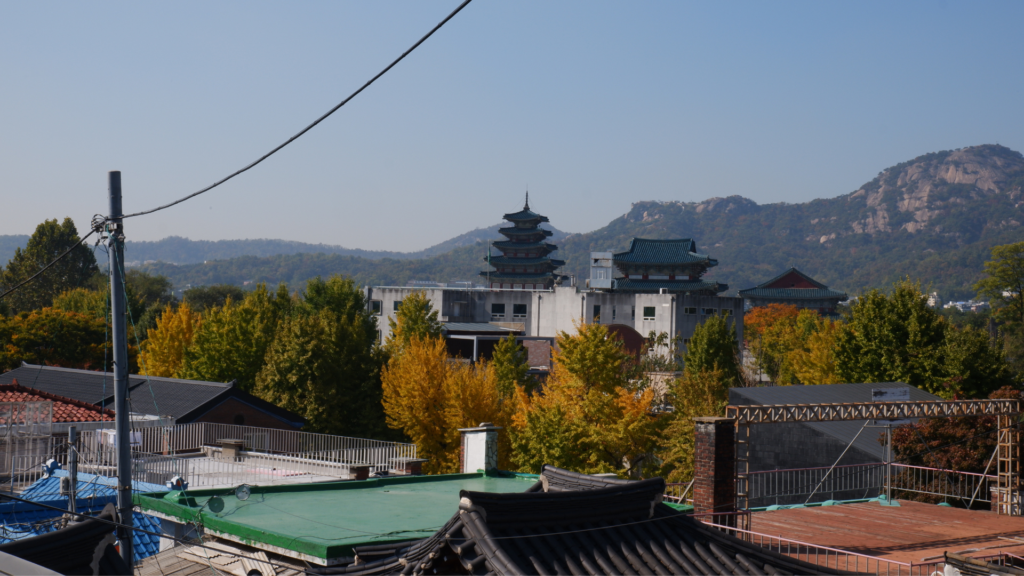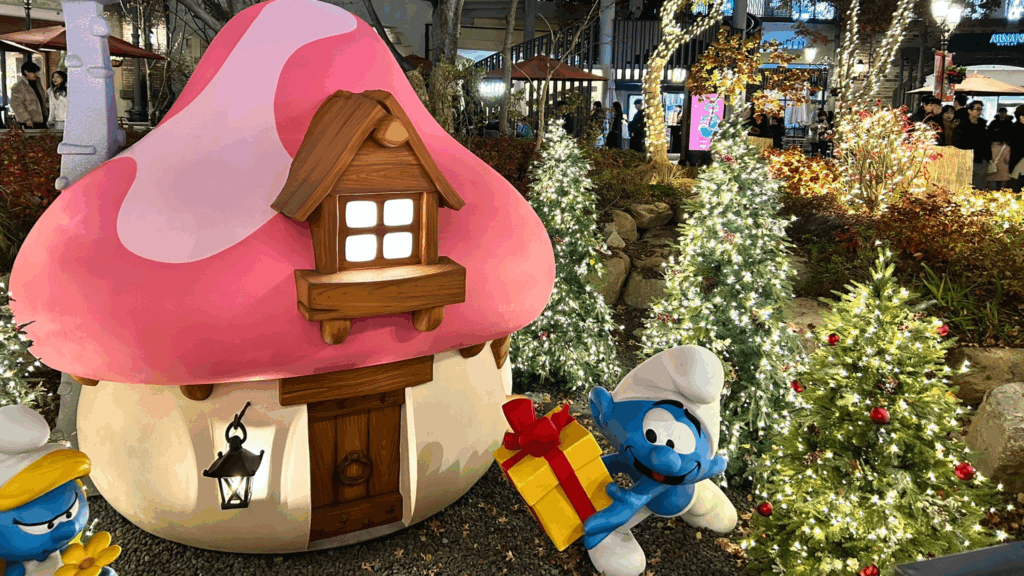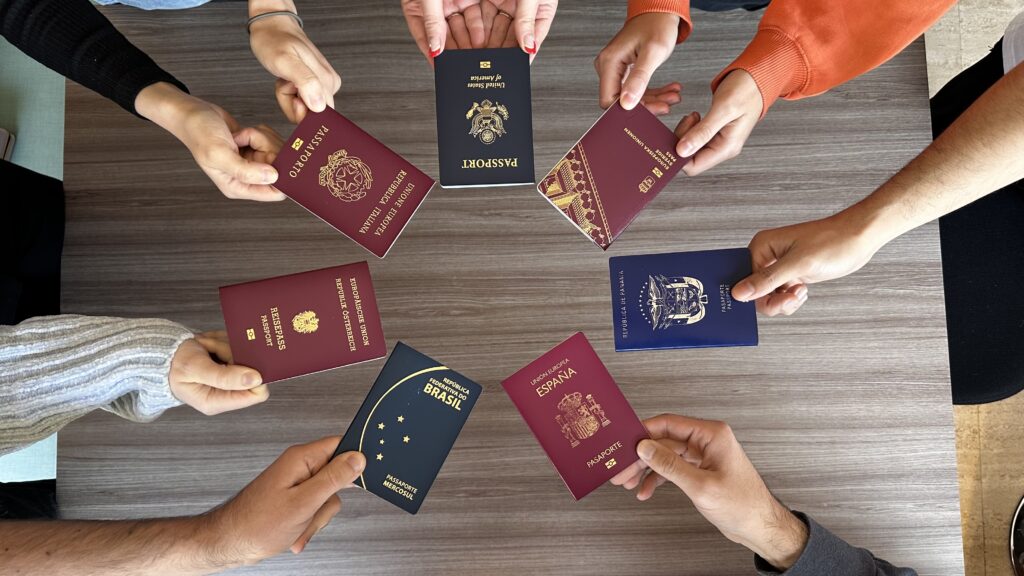Korean (한국어, Han-guk-eo) is the main language spoken in both South and North Korea. In recent years, many learners find Korean rewarding to study, especially with the rising global popularity of K-pop, K-dramas, and Korean culture. It is also easy to learn, just 24 simple letters and you’re on your way to reading signs in Seoul. But what are the main features of the Korean language? Let’s take a look at them in this article.
The Korean alphabet – Hangul
The Korean alphabet, called hangul (한글), is a writing system specific to the Korean language. It was invented in 1443 by a group of scholars under the orders of King Sejong the Great (세종대왕, Sejong-dae-wang), so that the Korean people could learn to read and write using an easy-to-use writing system. Prior to the invention of hangul, Chinese ideograms were used and a high level of education was required to learn them.
How the Korean alphabet is structured
The Hangul alphabet currently consists of 40 letters (jamo, 자모), of which 19 are consonants and 21 are vowels. The shape of the various consonants is designed to imitate the shape of the mouth or lips when pronounced, while the shape of the vowels recalls a philosophical ideology. Korean vowels are in fact made up of three signs: ㅡ, ㅣ and ∙.
The horizontal line represents the earth, the vertical line and the dot symbolizes the sky. According to Eastern philosophy, these are the three main elements that make up the cosmos. They combine to form vowels, which are consequently given a philosophical value.
As a result, vowels and consonants combine to form syllable groups. Each syllable consists of a minimum of two and a maximum of four letters, strictly in the consonant-vowel-consonant-consonant order. If a word begins phonetically with a vowel, it will be preceded graphically by a mute consonant (ㅇ), since it must begin with a consonant.
Moreover, the last two consonants do not follow the first two letters along the same line, but are positioned below them and take the name 받침 (batchim). We can also see an example of this in this word: ㄷ and ㅁ are the final consonants of the two syllables that they form and are located below the first two letters (consonant + vowel).
Each consonant and vowel in Korean has its own distinct pronunciation and sound. These sounds are often reflected in Korean slang expressions. For instance, ㅋㅋ is pronounced as “ke ke,” which resembles the sound of laughter, similar to “hehe.” It is frequently used in text messaging to respond to something amusing or interesting. Curious about other Korean slang expressions? Click here!
To learn more about this topic, we recommend that you also read our article on the Korean alphabet.

The grammatical structure of the Korean language
A big difference from most Western languages is that the Korean language uses a different grammatical structure. It no longer uses SVO (subject-verb-object), but SOV (subject-object-verb). The verb is in fact always the last element to be inserted in a sentence and is therefore preceded by the subject and all the complements.
It is not too difficult to put into practice when it comes to simple sentences. E.g. “I eat the apple” will be rendered in Korean as “I apple eat”, that is 저는 사과를 먹어요, jeoneun sagwareul meogeoyo). However, it is a little more complex when we want to express more articulated concepts, maybe even inserting some subordinates.
We say it’s “complex” because we are used to thinking about what we want to say in the same order as we speak, and so to speak Korean you will need to “think in a different order”. It will seem impossible at first, but with a little practice, you will be able to play out the mental gymnastics in switching to this new grammar order.

Hierarchy in the Korean language
Finally, let’s not forget that Korean society puts a lot of emphasis on hierarchy, and this mentality is reflected in the language itself. The Korean language is made up of various linguistic levels of speech. We can distinguish between informal (반말, banmal), formal (존댓말, jondaetmal) and honorific (높인말, nopimmal) speech. Depending on the level of speech, verb endings change, honorific particles may be added and there are sometimes lexical variations.
Now you can understand the main features of the Korean language. If you want to learn more, we also recommend you to read “How to say hello in Korean” and our Korean learning app “Hangul Quest” articles.
If you are curious about studying Korean, take a look at our Korean language schools or our online Korean course and do not hesitate to contact us about living and studying in Korea.








